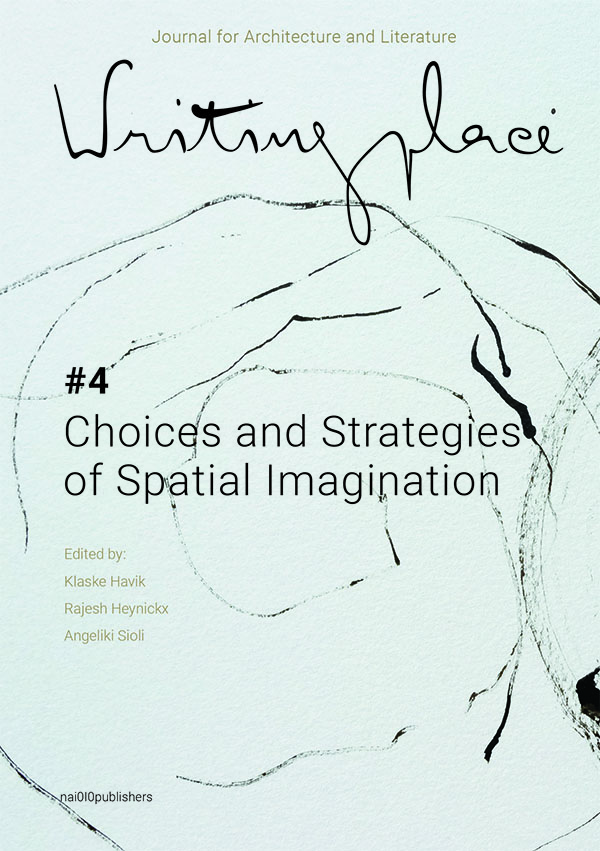The World and the Cave
Imagination, Public Space and Politics with Hannah Arendt and José Saramago
DOI:
https://doi.org/10.7480/writingplace.4.5275Abstract
Imagination, Hannah Arendt argues, is the human capacity to mentally remove oneself and see things from a different perspectives. It allows to imagine how things can be different. As such, this capacity is as much the source of political action as well as of architectural design. Architectural imagination - as well as understanding - might flourish when fed by perspectives from other professional fields, like philosophy, social sciences, theology, as well as other artistic fields, like literature, painting, and sculpture. In this paper, Hans Teerds proposes an exemplary reading beyond the borders of the architectural profession by means of a comparative reading of Hannah Arendt’s 1958 The Human Condition and the novel The Cave (2000) by the Portuguese writer Jose Saramago. By reading them together, this paper explore perspectives upon public space, mass consumption and production, and craftsmanship, which, highlight political aspects of architecture.
References
Bernstein, Why Read Hannah Arendt Now, op. cit. (note 3), 89.
Bonnie Honig, Public Things, Democracy in Disrepair (New York: Fordham University Press, 2017), 17.
Frampton, Kenneth, and Melvyn A. Hill. "The Status of Man and the Status of his Objects: A Reading of'The Human Condition'." Hannah Arendt, the recovery of the public world (1979): 101-130.
George Baird, The Space of Appearance (Cambridge, MA: MIT Press, 1995); Kenneth Frampton, ‘The Status of Man and the Status of his Objects: A Reading of The Human Condition’.
Hannah Arendt, The Human Condition (Chicago: University of Chicago Press, 1998 [1958]), 5.
Hannah Arendt, ‘Karl Jaspers, A Laudatio’, in: Hannah Arendt, Men in Dark Times (San Diego/New York/London: Harcourt Brace & Company, 1995 [1968]), 79.
Hannah Arendt, ‘Lying in Politics’, in: Hannah Arendt, Crisis of the Republic (San Diego/New York/London: Harcourt Brace & Company, 1969), 5.
Hannah Arendt, The Life of the Mind (New York: Harcourt Brace Jovanovich, 1978).
Hannah Arendt, ‘Walter Benjamin. 1892-1940’.
Hannah Arendt, Essays in Understanding, 1930-1954, Formation, Exile, and Totalitarianism (New York: Schocken Books, 1994), 12.
Hannah Arendt, ‘The Crisis in Culture: Its Social and Its Political Significance’, in: Hannah Arendt, Between Past and Future: Eight Exercises in Political Thought (New York: Penguin Classics, 2006 [1961]), 208-210.
José Saramago, The Cave (London: Vintage, 2018 [2002]); José Saramago, A Caverna (Lisbon: Caminho, 2000).
Melvyn A. Hill (ed.), Hannah Arendt: The Recovery of the Public World (New York: St. Martin’s Press, 1979).
Richard J. Bernstein, Why Read Hannah Arendt Now (Cambridge: Polity, 2018), 3.
Seyla Benhabib, ‘Models of Public Space: Hannah Arendt, the Liberal Tradition, and Jürgen Habermas’, in: Craig Calhoun (ed.), Habermas and the Public Sphere (Cambridge, MA: MIT Press, 1992), 87.



